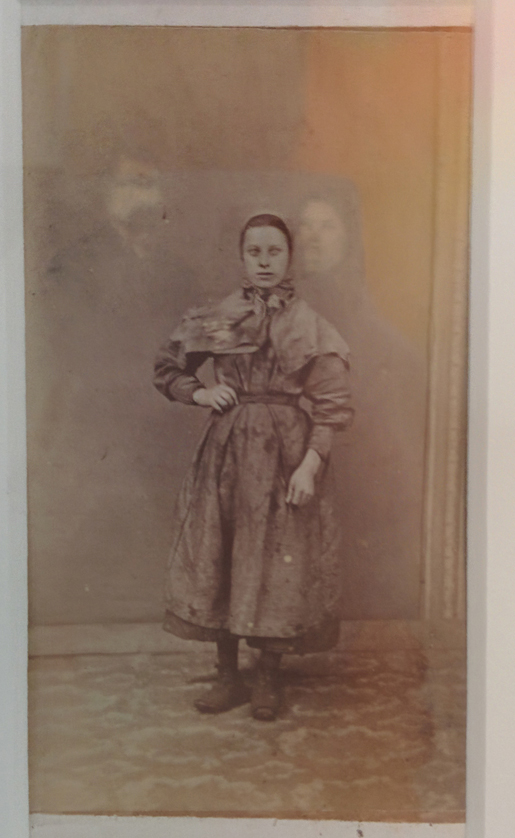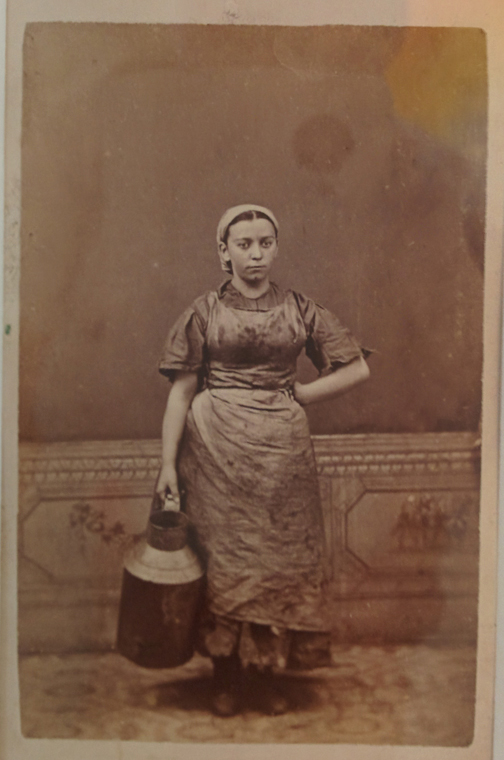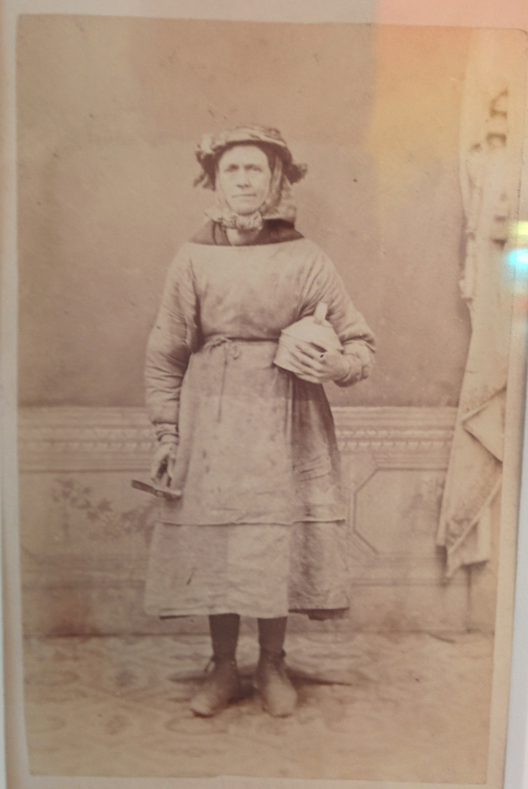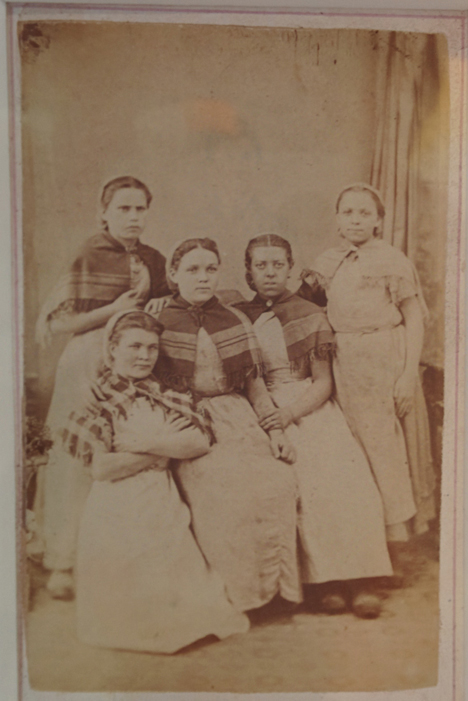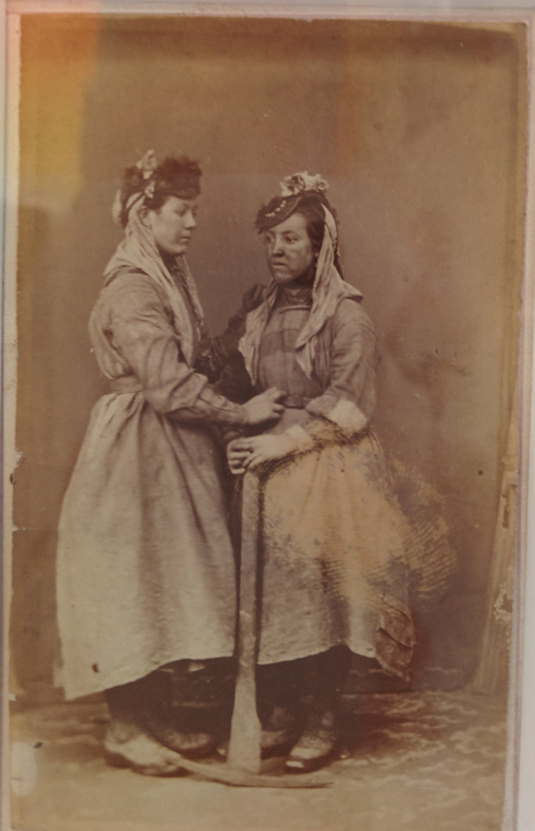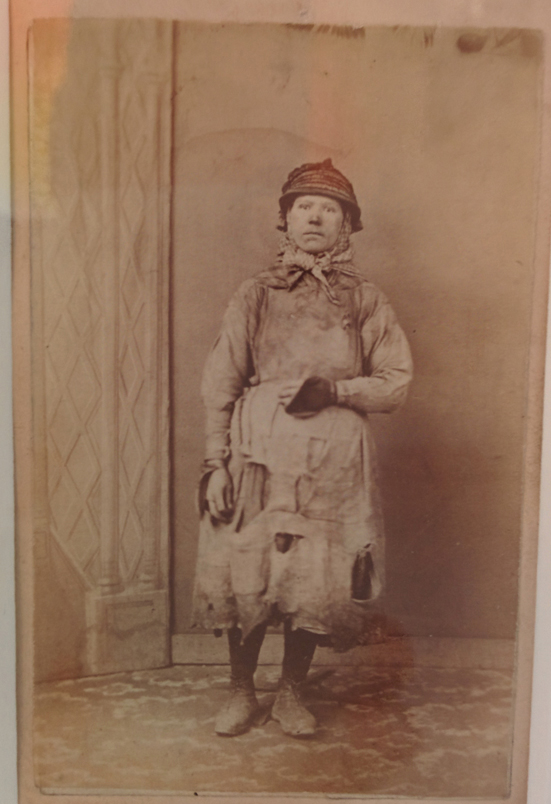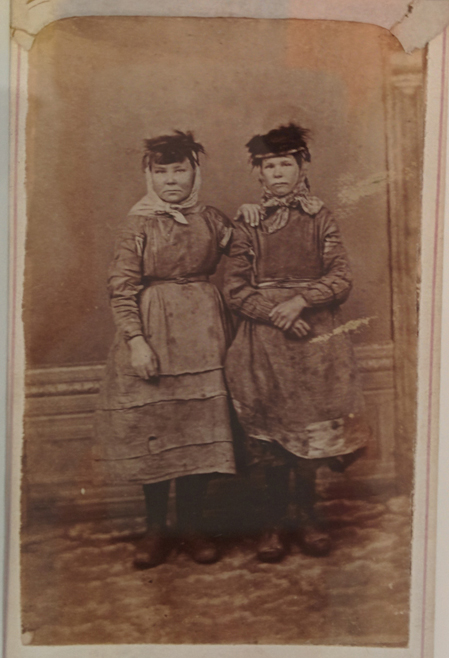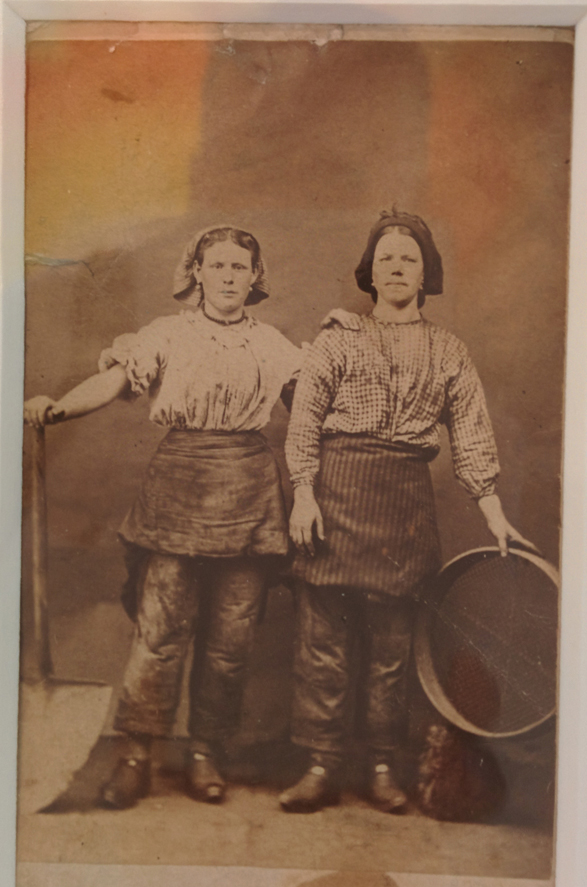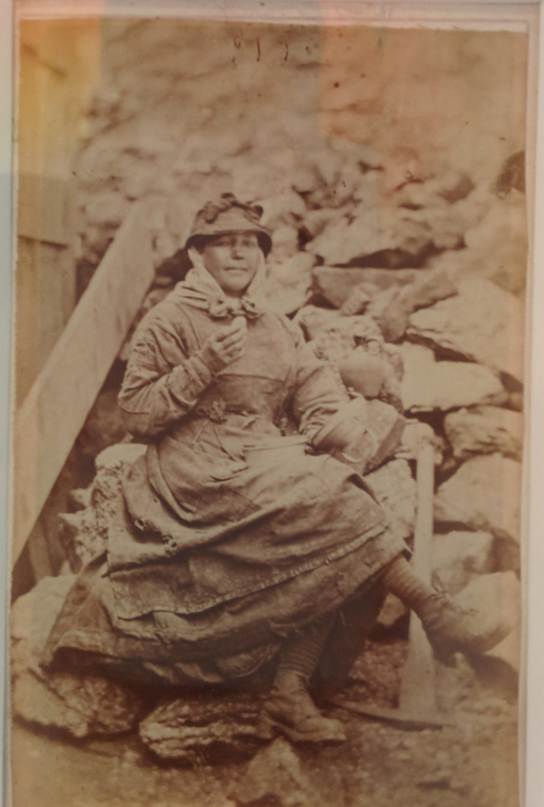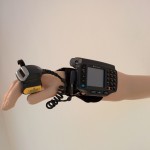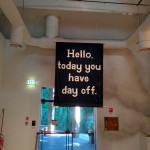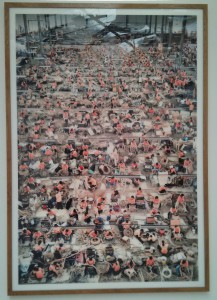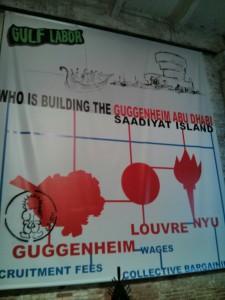 On November 22nd the 56th Biennale di Venezia will close its doors: Time to start a little reflexion about what is shown. Okwui Enwezor curated the international art exhibition under the title “All the World’s Futures”. He stated in May 2015 in “The Guardian” to want a “deeply reflective, deeply political” Biennale. In this context it is significant that the performative heart of the exhibition is built by the “Arena”. Here trained actors are reading the complete volumes of “Das Kapital” by Karl Marx. These readings are accompanied by film screenings, songs, scores, recitals and public discussions all around the subject Capital. Based on the read or heard text Okwui Enwezor wants to shift “to the visual and physical manifestations between artworks and the public.” The exhibition should document the dissonances and disarray of the actual “state of things” in the world to make it clear/arrange it by a dialectical process.
On November 22nd the 56th Biennale di Venezia will close its doors: Time to start a little reflexion about what is shown. Okwui Enwezor curated the international art exhibition under the title “All the World’s Futures”. He stated in May 2015 in “The Guardian” to want a “deeply reflective, deeply political” Biennale. In this context it is significant that the performative heart of the exhibition is built by the “Arena”. Here trained actors are reading the complete volumes of “Das Kapital” by Karl Marx. These readings are accompanied by film screenings, songs, scores, recitals and public discussions all around the subject Capital. Based on the read or heard text Okwui Enwezor wants to shift “to the visual and physical manifestations between artworks and the public.” The exhibition should document the dissonances and disarray of the actual “state of things” in the world to make it clear/arrange it by a dialectical process.
In the first part of “Das Kapital” Marx analyses and criticises inter alia the mode of production, so it is not astonishing, that some artists were chosen or created their reflexions about labour and its conditions.
Jeremy Deller
In 2013 Jeremy Deller exhibited “All that Is Solid Melts Into Air” in the Manchester Art Gallery. The installation questions about working conditions in the early English industrial age and in the current post industrialism. In the Central Pavilion of the Giardini he shows some selected works of it. There are 28 photographic prints of female ironworkers. In 1865 – two years before Marx published the first volume of “Das Kapital” – William Clayton portrayed these women in Tredegar, South Wales. He wanted to document their conditions.
In complement Deller hints to the situation of workers nowadays. An artificial arm protrudes out of the wall; a Motorola WT4000 is attached to wrist and forefinger. Devices like that Motorola are worn by employees in warehouses. They are used to track the speed of orders and with that, the performance of the workers.
A banner hangs from the ceiling. It says: “Hello, today you have day off.” This might sound like a nice message for an employee, if he is not a zero hours worker. For him it means that his labour is not needed and he will not earn money that day. A message like that, even with the grammar fault, was sent via SMS. The employer makes no effort to show a little bit of respect for the worker. A jukebox which is playing recordings from factory sounds and early factory song sheets are completing the installation.
Andreas Gursky
A totally different approach to female labour is Andreas Gursky’s photo “Nha Trang” from 2004. In an enormous Vietnamese factory hall women are waving cane to furniture. The image is taken in bird’s eye view and has a formal horizontal division, given by the transversal stretched lamp lines. That leads to the impression that the women are sitting in regulated lines like in an assembly line production, what is not really the case. The labourers are sitting on the floor, taking the space needed for the dimensions of the product they are working on. This handcraft is assembly line without assembly line.
Due to the portrait orientation of the picture and the decreasing size of the protagonists, Gursky attains the impression of spatiality. However, he is giving a panoramic view on the situation at the same time when he is showing every detail, as is typical for his works. So it’s not a realistic documentation, nor a one-shot-picture. Optically the simultaneous projection of both views is impossible. Thanks to technical manipulation Andreas Gursky can create such photographs. Nevertheless the image is an artistic documentation of the “state of things”.
Gulf Labor Coalition
The Gulf Labor Coalition is an association of international artists, writers, architects, curators and cultural workers who struggles for the protection of labourers’ rights in the global cultural sector. Its approach is an activist one: the current campaign points to the precarious conditions of migrant workers on the actual construction sites of the Guggenheim, Louvre and New York University in Abu Dhabi. Represented in the Arsenal by the banner “Who is building the Guggenheim Abu Dhabi”, the coalition holds sessions to point out the current situation in the Persian Gulf and South Asia. This might nourish the interactive process wanted by Okwui Enwezor.
In the next part of our reflexions over the 56th Biennale, we’ll show other approaches of artists that have other subjects and are more or less political.
Part 2: Biennale di Venezia 2015: Artistic views on the world order
Part 3: Biennale di Venezia 2015 – Three female artist participations

